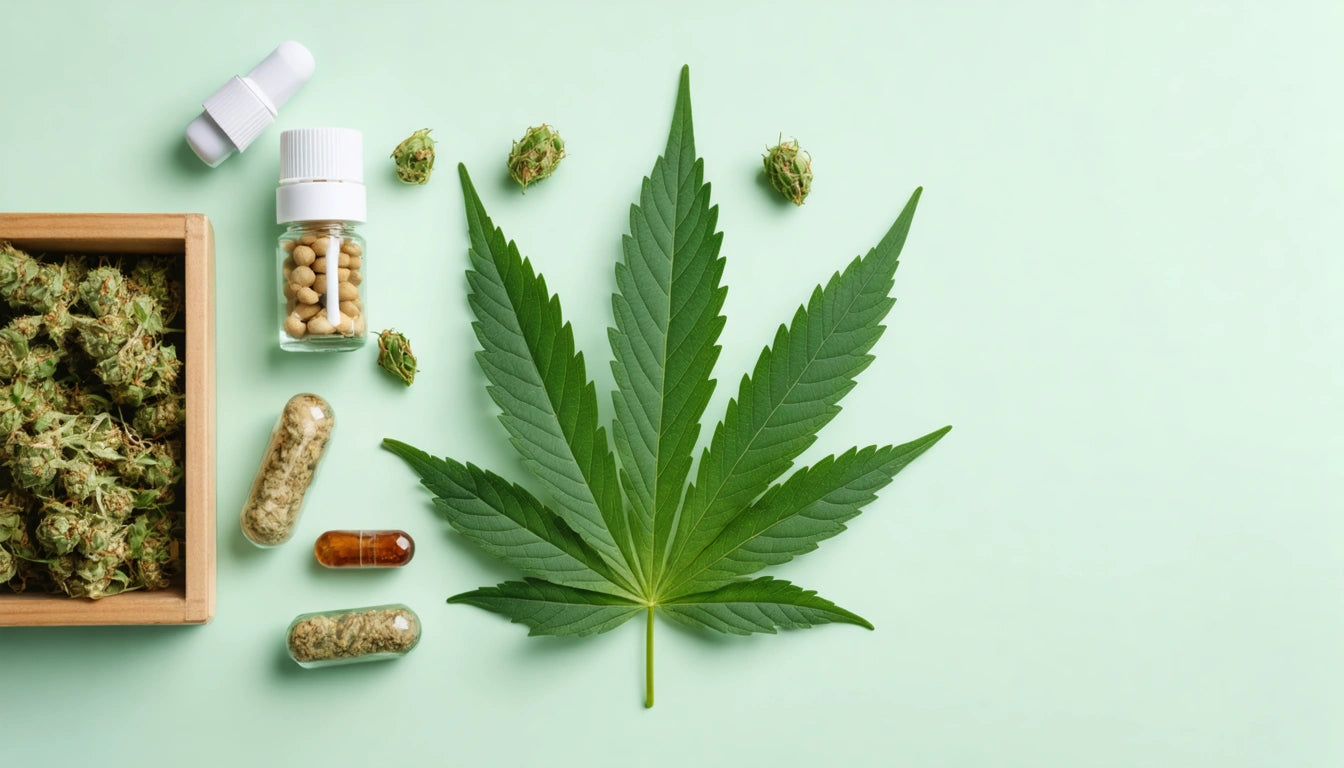Table of Contents
- Understanding Panel Drug Tests: The Basics
- What is a 12 Panel Drug Test? Substances Detected
- 14 Panel Drug Test: Additional Substances Screened
- 15 Panel Drug Test: The Most Comprehensive Screening
- Detection Windows for Different Substances
- Panel Test Variations and Industry Standards
- Future Developments in Comprehensive Drug Testing
Understanding Drug Testing: What Substances Are Screened in 12, 14, and 15 Panel Drug Tests?
Drug testing plays a crucial role in various settings, from pre-employment screening to monitoring compliance in rehabilitation programs. As testing methods evolve, multi-panel tests have become increasingly comprehensive, covering a wider range of substances. This guide explores what a 12 panel drug test tests for, along with information about 14 and 15 panel variations.
Understanding Panel Drug Tests: The Basics
A panel drug test refers to a screening method that detects multiple substances simultaneously. The number in the panel name indicates how many different drugs or drug categories the test can identify. For example, a 5-panel test screens for five drug categories, while a 12 panel drug test tests for twelve.
These tests typically use urine samples, though blood, saliva, or hair may also be collected depending on the testing requirements. The results indicate the presence or absence of specific substances above established cutoff levels.
What is a 12 Panel Drug Test? Substances Detected
A 12 panel drug test is a comprehensive screening that typically includes all substances in the standard 10-panel test plus additional drugs. What is tested on a 12 panel drug test generally includes:
- Marijuana (THC)
- Cocaine
- Amphetamines (including methamphetamine)
- Opiates (codeine, morphine, heroin)
- Phencyclidine (PCP)
- Benzodiazepines
- Barbiturates
- Methadone
- Propoxyphene
- Methaqualone
- MDMA (Ecstasy)
- Oxycodone/Percocet
This expanded test is often used in healthcare settings, pain management programs, and certain high-security employment situations. The comprehensive nature of what is in a 12 panel drug test makes it valuable for monitoring prescription medication compliance alongside illicit drug detection.
Understanding what drugs are tested on a 12 panel can help individuals and organizations choose the appropriate screening method for their specific needs.
14 Panel Drug Test: Additional Substances Screened
For those wondering what does a 14 panel drug screen test for, it builds upon the 12 panel by adding two more substances. What do 14 panel drug tests test for typically includes everything in the 12 panel plus:
- Tramadol
- Fentanyl
The inclusion of these powerful synthetic opioids reflects growing concerns about their misuse. Fentanyl, in particular, has become a focus due to its high potency and association with overdose deaths. When considering what does a 14 panel drug test for, it's important to note that this expanded screening helps identify some of the most dangerous substances currently contributing to the opioid crisis.
15 Panel Drug Test: The Most Comprehensive Screening
What does a 15 panel drug test test for? It represents one of the most thorough screenings available, adding another substance to the 14-panel test. Typically, the 15th panel tests for:
- Kratom
Alternatively, some 15-panel tests may screen for alcohol metabolites (EtG) or synthetic cannabinoids instead of kratom, depending on the test manufacturer and intended use. These comprehensive tests are often used in specialized settings where maximum detection capability is required.
When packaging and storing test samples, proper containment is essential. Many testing facilities use specialized storage bags with tamper-evident features to maintain sample integrity throughout the testing process.
Detection Windows for Different Substances
Understanding detection windows is crucial when interpreting what is a full panel drug test. Different substances remain detectable for varying periods:
| Substance | Approximate Detection Window (Urine) |
|---|---|
| Marijuana (THC) | 3-30 days (depends on usage frequency) |
| Cocaine | 2-4 days |
| Amphetamines | 2-4 days |
| Opiates | 2-4 days |
| Benzodiazepines | 3-7 days (up to 30 days for long-acting varieties) |
| Barbiturates | 2-10 days |
| MDMA | 2-4 days |
| Methadone | 2-7 days |
These windows can vary based on individual metabolism, frequency of use, and the specific testing method employed. For a more detailed understanding of lower panel tests, you can explore what 7 and 8 panel tests detect.
Panel Test Variations and Industry Standards
What is a panel drug test can vary slightly between manufacturers and testing facilities. While the core substances remain consistent, some variations exist in what is on a 12 panel drug test from different providers.
Industry-specific standards also influence test selection. For example:
- Department of Transportation (DOT): Requires a specific 5-panel test
- Healthcare: Often uses 10+ panel tests to monitor prescription compliance
- Law enforcement: May use 12+ panel tests
- Rehabilitation programs: Frequently employ 12-15 panel tests
For comparison with other common tests, 9 and 10 panel tests are widely used in employment screening, while various panel combinations serve different purposes.
Future Developments in Comprehensive Drug Testing
The landscape of what does a 12 panel drug screen test for continues to evolve as new substances of concern emerge. Future panel tests may expand to include:
- Additional designer drugs and synthetic compounds
- More specific prescription medication monitoring
- Refined testing for cannabis components beyond THC
- Enhanced detection of synthetic opioids
As testing technology advances, the distinction between what is tested in various panels will likely become more specialized to address specific industry needs and emerging substance use trends.
Whether you're an employer implementing a testing program, a healthcare provider monitoring patient compliance, or an individual seeking to understand what is a 12 panel drug test, staying informed about testing capabilities and limitations is essential for making appropriate decisions about substance screening.











Leave a comment
All comments are moderated before being published.
This site is protected by hCaptcha and the hCaptcha Privacy Policy and Terms of Service apply.